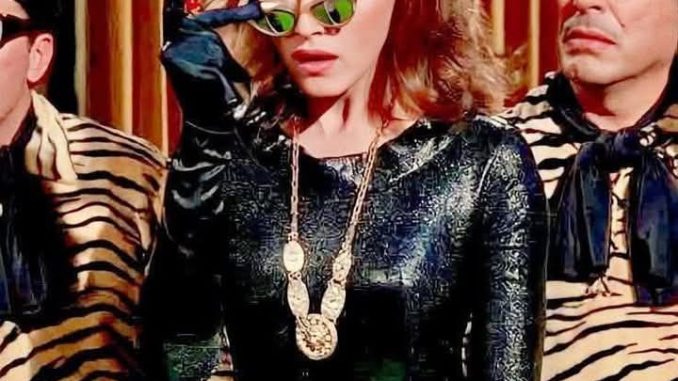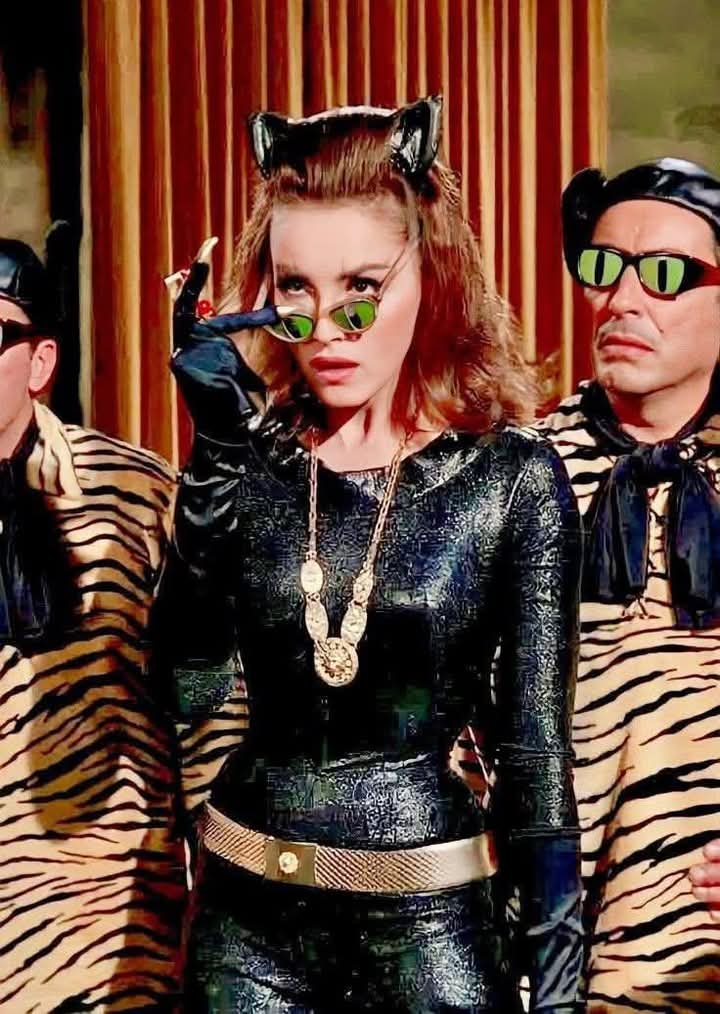
When the Batman television series debuted in 1966, it quickly became a cultural phenomenon. Among its most memorable characters was Catwoman, brought to life with feline grace and sly humor by Julie Newmar.

Her performance not only defined the character for a generation but also set a standard for how Catwoman would be portrayed in decades to come. Yet behind the glamour and iconic status, Newmar faced a series of challenges that shaped her journey as Gotham’s most infamous feline.
Defining A Character Amidst Camp
The 1960s Batman show was intentionally campy, blending comic book theatrics with tongue-in-cheek humor. For Julie Newmar, the challenge was balancing Catwoman’s playful allure with genuine menace. She had to make a villain both dangerous and likable, all while working within the lighthearted tone of the series. Newmar often described how she injected her own wit, improvisation, and sultry body language into the role, creating a Catwoman that was mischievous, seductive, and unforgettable.
Physical Demands And The Catsuit
One of the most grueling aspects of playing Catwoman was the physicality. The form-fitting catsuit, made of a glittering black fabric, was notoriously uncomfortable and restrictive. Filming action sequences, stunts, and long hours under hot studio lights tested Newmar’s endurance. Yet her elegance and athleticism on screen never betrayed the difficulties she endured behind the scenes.
Stereotypes And Expectations
As a woman in 1960s Hollywood, Newmar also faced the challenge of typecasting. Playing such a strong and sensual character was groundbreaking at the time, but it also came with risks—Hollywood often reduced female performers to one-dimensional roles. Julie Newmar, however, resisted being confined, continuing her career in television, stage, and film, and proving her range as an actress beyond Gotham’s rooftops.
Legacy And Influence
Despite the challenges, Julie Newmar’s Catwoman became a definitive version of the character. She laid the foundation for later portrayals by Eartha Kitt, Lee Meriwether, Michelle Pfeiffer, Halle Berry, Anne Hathaway, Zoë Kravitz, and more. Her mix of elegance, danger, and humor remains unmatched in the eyes of many fans, and her performance continues to influence how Catwoman is understood in popular culture.
The Woman Behind The Mask
Julie Newmar often spoke about how much fun she had playing Catwoman, despite the difficulties. She embraced the character’s duality, villainous yet irresistible, clever yet playful, and turned the challenges of the role into opportunities to push boundaries for women in television.
Over fifty years later, Newmar’s Catwoman is still celebrated not just as a pop culture icon but as a performance that redefined what a female villain could be.
Leave a Reply